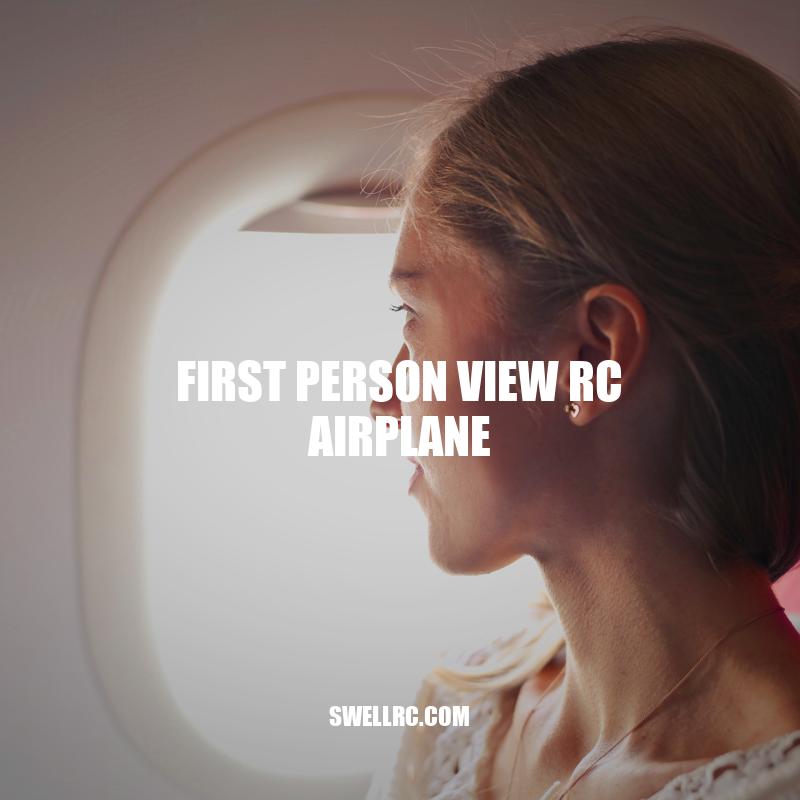Introduction to FPV RC Planes: A Complete Guide
A first-person view (FPV) RC airplane is a unique aircraft that allows the RC pilot to have a completely immersive flying experience. With FPV technology, the pilot can see the aircraft’s surroundings through a camera mounted on the aircraft in real-time through a video feed, which is transmitted wirelessly to goggles worn by the pilot. This technology offers a more engaging and thrilling experience than traditional line-of-sight flying, making FPV RC planes increasingly popular in the RC hobbyist community. In this article, we will discuss the FPV technology in RC aviation, the advantages of FPV RC planes, tips for flying an FPV aircraft, the top FPV RC planes on the markets, and more.
Key Components and Importance of FPV System for First Person View RC Airplanes
FPV RC aircraft relies on a system made up of several components that work together to provide a seamless experience for the pilot. The main components of an FPV system include a camera, transmitter, receiver, and goggles. Here are some important details about each component:
- The camera is mounted on the aircraft to capture real-time video of the aircraft’s surroundings.
- The transmitter sends the video signal to the receiver on the ground.
- The receiver processes the video signal and sends it to the video goggles worn by the pilot.
- The goggles display the video signal in real-time, which gives the pilot a first-person perspective of the flight.
It is crucial for the pilot to have a smooth and stable image feed to avoid disorientation and crashes. The range and quality of each component of the FPV system must be taken into account when setting up the FPV RC aircraft. Some websites and products can help RC hobbyists set up their FPV system, including user manuals and online forums. One such website is GetFPV. They offer a wide range of FPV products, including cameras, transmitters, receivers, and goggles, from top brands like Fat Shark, Foxeer, and RunCam.
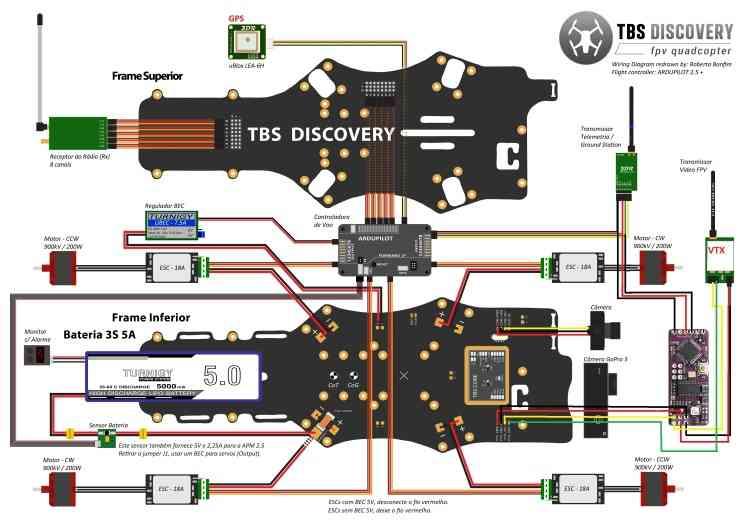
What are the important factors to consider when setting up an FPV RC aircraft system?
Battery life, antenna quality, transmitter power, camera quality, and durability are important factors to consider when setting up an FPV RC aircraft system.
A Comparison of FPV RC Planes and Traditional RC Planes
An FPV RC aircraft provides a much more immersive flying experience than traditional line-of-sight flying. Here are some reasons why this is the case:
- With an FPV RC aircraft, the pilot can see what the aircraft is seeing in real-time, which provides a much more immersive and exciting experience than flying the aircraft by sight alone.
- FPV flying allows pilots to fly further and higher than is possible with traditional line-of-sight flying, which opens up new possibilities for aerial photography and exploration.
- FPV systems are much more sophisticated than traditional RC planes, offering a wider range of features and capabilities.
In fact, FPV flying has become so popular that it has spawned an entire industry of products and accessories. Here is an example of some of the top FPV RC planes currently available on the market:
| Product Name | Description | Price |
|---|---|---|
| DJI FPV Combo | Comes with a seamless transmission system, 4k/60fps Super-Wide FOV camera, and advanced safety features | $1299 |
| Holy Stone HS100D FPV RC Drone | Comes with a 1080p HD camera, GPS, and advanced controls, including one-key takeoff and landing | $249.99 |
| E-flite Opterra 2m Wing FPV | A high-performance wing that provides superior stability and control for FPV flying | $1299 |
Websites such as Amazon and Best Buy offer a wide range of FPV RC planes and accessories for those interested in exploring this exciting hobby.
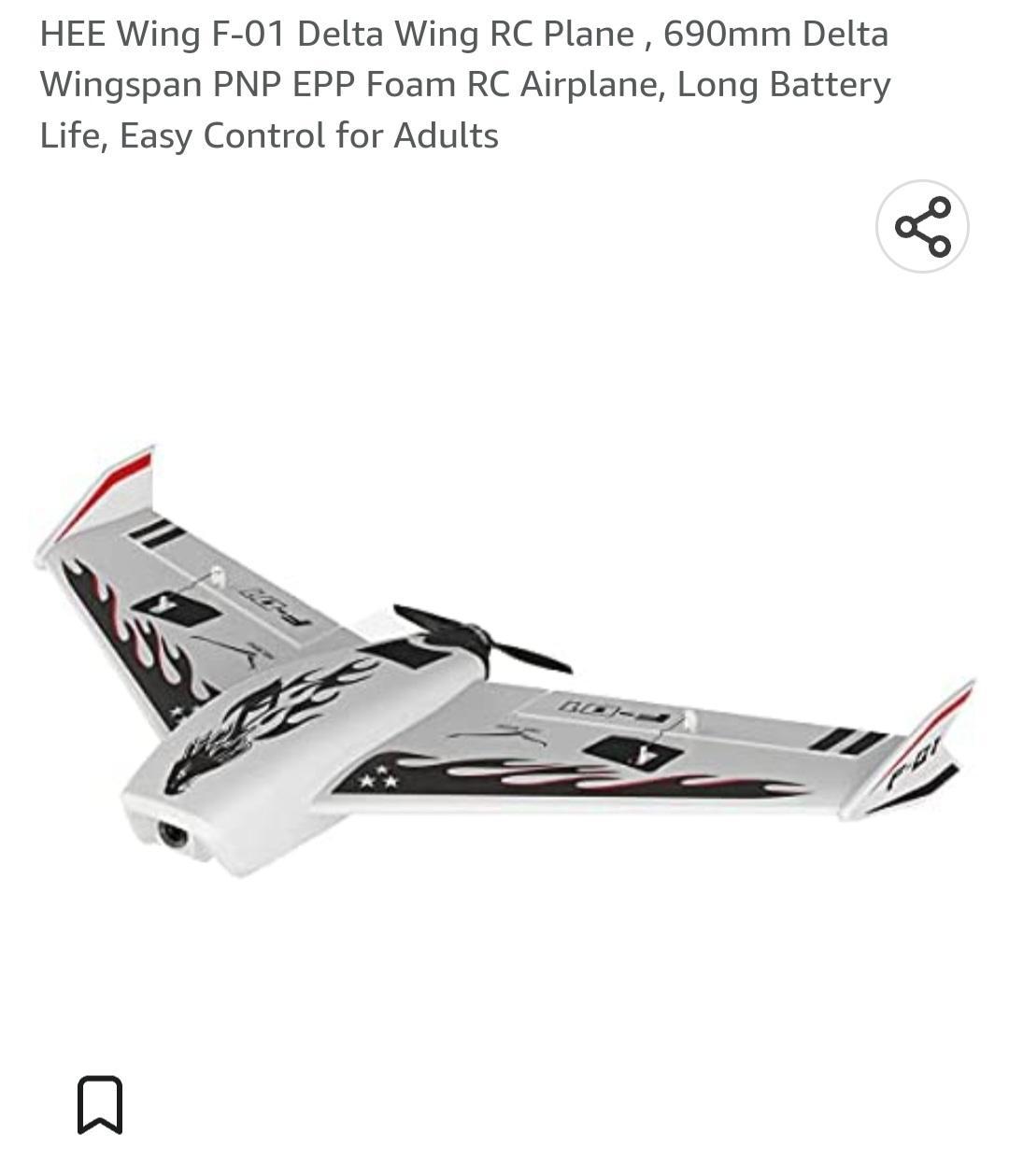
What are some popular FPV RC planes currently available on the market?
Some popular FPV RC planes currently available on the market are the E-flite Viper 70mm EDF Jet, HobbyZone Carbon Cub S+ 1.3m RTF, and the FlightLineRC Spitfire Mk.IX 1600mm PNP.
Setting Up an FPV RC Plane: Step-by-Step Guide
Setting up an FPV RC plane is not as complicated as it might first appear. Here are some steps to guide you through the process:
- Start by assembling the aircraft itself. You’ll need to follow the manufacturer’s instructions carefully to ensure that everything is properly put together and working correctly.
- Once the aircraft is assembled, you’ll need to integrate the FPV system. This usually involves attaching a camera and a transmitter to the aircraft, and then configuring the receiver and goggles to receive the video feed.
- Configuring the camera, transmitter, and receiver settings can be the most challenging part of the process, but with a little patience and some online resources, it can be easily accomplished.
- There are many helpful resources available online to help guide you through the process, including user manuals, online tutorials, and forums where you can ask questions and get advice from more experienced flyers.
- Finally, it’s important to remember that safety should always be your top priority when flying an FPV RC aircraft. Always fly in a safe and open area, and never fly near people, buildings, or other structures that could be damaged in a crash.
Many online retailers, such as Amazon, offer a wide range of FPV RC planes and accessories, including cameras, transmitters, and receivers. Additionally, websites like RC Groups and FliteTest provide a wealth of information and advice on assembling and setting up an FPV RC system.
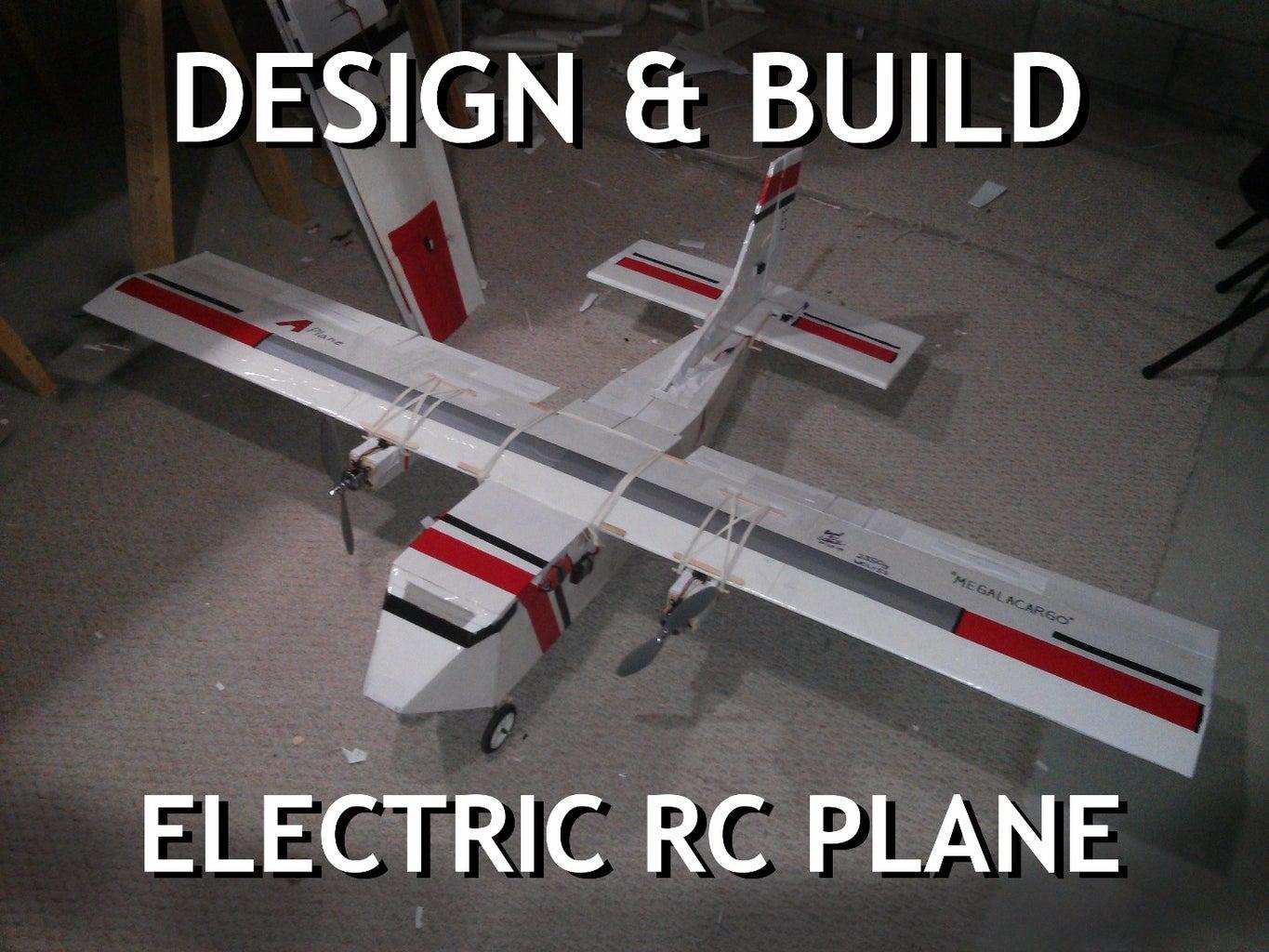
What are some online resources for setting up an FPV RC plane system?
Some online resources for setting up an FPV RC plane system include YouTube tutorials, forums like RCGroups.com and ReadyMadeRC.com, as well as articles on blogs such as DroneLife.com and FliteTest.com.
Top FPV RC Planes: A Comprehensive Guide
There are many great FPV RC planes on the market today, each with its own unique features and benefits. Here are a few of the top models to consider:
- The Hubsan H107D+ – a small and affordable drone that is perfect for beginner pilots. It offers a live video feed and plenty of features for the price, making it an excellent value.
- The DJI Phantom 4 Pro V2.0 – this popular drone is a bit pricier, but it features a high-quality camera and advanced flight control capabilities that allow for some truly stunning aerial footage.
- The Blade Inductrix FPV HD – a tiny drone that is meant for indoor use. It comes equipped with a high-definition camera and provides a live video feed through goggles, making it a great way to get started with FPV flying.
- The E-flite Opterra 2m FPV – a larger drone that is meant for outdoor use. It features a long flight time and a high-quality camera that offers a great view of the surrounding scenery.
- The Skydio 2 – an advanced drone that offers autonomous flying capabilities, which allows for truly incredible aerial footage. However, it comes with a high price tag.
When shopping for a first person view rc airplane, it’s important to consider factors such as price, quality, and customer reviews. Many online retailers, such as Amazon, offer a wide range of models to choose from. You can also check out RC forums and websites such as FliteTest and RC Groups for reviews and recommendations from other hobbyists.
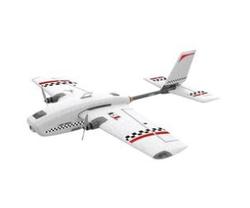
What factors should be considered when shopping for a first person view RC airplane?
When shopping for a first person view RC airplane, factors to be considered include the type of plane, its flight range, camera quality, video transmission range, battery life, and controller settings.
Keeping it Safe: Tips for Operating an FPV RC Plane Responsibly
Flying an FPV RC plane can be a thrilling experience, but it’s important to do so safely and responsibly. Here are a few tips to keep in mind:
- Choose a good flying location – This means finding a large, open area free from obstacles such as trees and power lines. You should also avoid flying near airports or other restricted airspace.
- Maintain your aircraft – Regularly inspect your FPV RC plane for damage and clean it after each flight. This will help prolong the life of your aircraft and ensure that it remains in good working condition.
- Operate the aircraft safely – Always follow local regulations and guidelines, such as flying below a certain altitude and maintaining line-of-sight with your aircraft at all times. Additionally, be aware of your surroundings and avoid flying near people or animals.
There are many online resources available for those interested in learning more about flying FPV RC planes safely and responsibly. The Academy of Model Aeronautics provides rules and guidelines for drone pilots, while the Federal Aviation Administration offers information on drone registration and safety guidelines. Additionally, many RC forums and websites provide tips and advice on how to operate an FPV RC aircraft safely and responsibly.
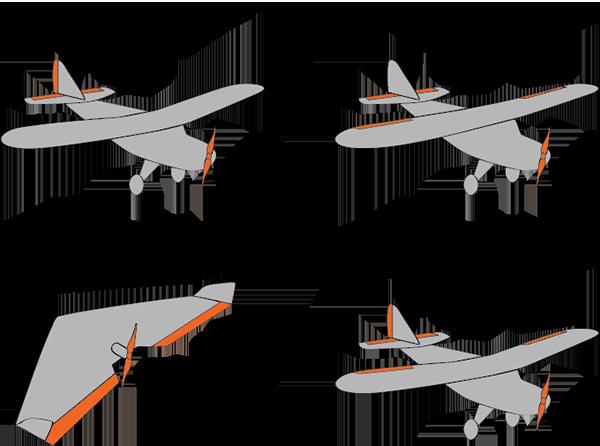
What resources are available for learning how to safely and responsibly fly FPV RC planes?
Online video tutorials, instructional books, online forums, and experienced pilots are some of the resources available for learning how to safely and responsibly fly FPV RC planes.
Conclusion
In conclusion, first-person view RC airplanes provide an immersive and thrilling flying experience for RC hobbyists. With advancements in technology, FPV systems have become more affordable and accessible, allowing more people to enjoy the benefits of this type of flying. When setting up and flying an FPV RC airplane, it’s important to choose a good location, maintain the aircraft, and operate it safely and responsibly. By following recommended guidelines and resources, such as those provided by the FAA and AMA, pilots can ensure that they are flying legally and safely. Whether you are a seasoned RC pilot or new to the hobby, there has never been a better time to consider adding an FPV RC airplane to your collection.

